Media | Articles
Ford’s $3.5B Michigan battery plant, Maserati wants one-offs, Hyundai’s theft-deterring software
Ford taps Marshall, Michigan, for $3.5B battery plant
Intake: Yesterday Ford announced a new battery plant in Marshall, Michigan, that would make it the first automaker to commit to building both nickel cobalt manganese (NCM) and lithium iron phosphate (LFP) type batteries in the United States. Ford will invest $3.5 billion into the plant as part of its larger $50B investment in electric vehicles globally. It will be called BlueOval Battery Park Michigan, and Ford says it will bring 2500 jobs to the area when battery production begins in 2026. Ford is partnering with a Chinese firm called Contemporary Amperex Technology co. Ltd. (CATL), which is the world’s largest battery supplier, counting other automakers such as Tesla and Honda among its clientele. LFPs are seen as the next big batteries, providing longer lifespans and better thermal characteristics as well as lower unit costs and ease of material sourcing. Ford will begin putting LFP batteries in the Mustang Mach-E later this year. The new plant is comparable in size to Ford’s existing battery plant projects in Tennessee and Kentucky. Of the 950 acres that the new Marshall plant is set to be built on, Ford placed 245 acres along the Kalamazoo river into a conservation easement to ensure the land will be free from future industrial development and preserved for public enjoyment.
Exhaust: In an interview with reporters at the announcement event, Lisa Drake, vice president of industrialization at Ford’s Model e business unit made clear that although Ford was partnering with CATL, the plant would not be controlled by the Chinese company, which is not a government-owned enterprise. “It’s really important to understand that Ford controls the plant,” said Drake. Ford’s announcement stated that it would rely on CATL for battery cell knowledge and services provided by CATL. We’re fans of projects that include American manufacturing jobs, and despite high tensions between America and China, the new plant seems like good news. — Nathan Petroelje
Shoichiro Toyoda, the man behind Lexus and Toyota’s U.S. bloom, passes
Intake: Former Toyota president Shoichiro Toyoda, who led the company his father founded, died Tuesday. According to Automotive News, the cause was heart failure. Toyoda guided his family’s namesake company from 1981–1992, a period notable for trade tensions and tough competition for the brand. He also served on the board for 57 years, making him the automaker’s longest-serving director. He was also the father of current Toyoda CEO Akio Toyoda, who is scheduled to step down at the end of March. Trained as an engineer, Toyoda was often referred to as Dr. Toyoda inside the company as a nod to his doctoral thesis on fuel injection. The title also helped to distinguish him from Eiji Toyoda, a cousin of Shoichiro’s father who preceded Shoichiro as company president, Automotive News said. Toyoda was 97.
Exhaust: Toyoda’s tenure was a critical one, mostly for the launch of the Lexus brand and the establishment of many of Toyota’s U.S. manufacturing facilities. Our condolences to the family. —Steven Cole Smith
Maserati wants its own new Countach or Daytona

Intake: Maserati is planning to launch one-offs and limited-run specials based on its MC20 and new GranTurismo. In an interview with TopGear.com, Maserati chief engineer Davide Danesin said the company wanted to go far beyond its Fuoriserie personalization program and would be willing to create completely individual machines to meet customer desires. He also mentioned the Ferrari Daytona SP3 and Lamborghini Countach LPI 800-4 as examples, which could see Maserati looking back through its archives to create future low-volume supercars.
Marketplace
Buy and sell classics with confidence
Exhaust: If it works for Ferrari and Lamborghini it should work for Maserati, which has a longer history than both, dating back to 1914. While the new platforms mean we probably won’t see a reborn Birdcage, a modern take on the 3500GT built around the GranTurismo or Boomerang based on the MC20 would be amazing. What would you like to see? — Nik Berg
Hyundai to offer software upgrade to stop thieves
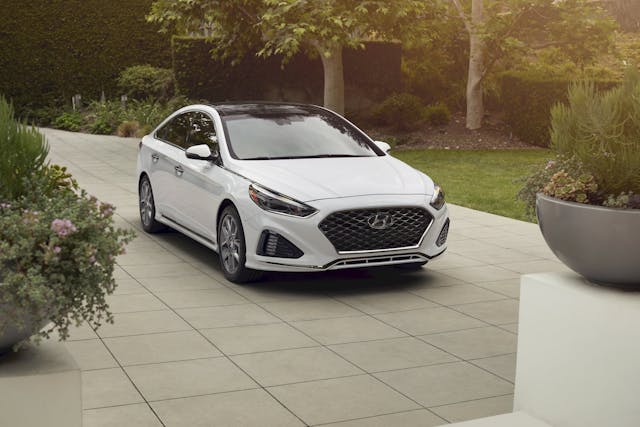
Intake: Hyundai and Kia have been the target of a rash of thefts lately, mostly due to online instructions posted on how to steal them, to the point where multiple insurance companies are declining coverage. As a result, Hyundai will offer a software upgrade to nearly 4 million U.S. vehicles in response to increasing thefts targeting vehicles without push-button ignitions and immobilizing anti-theft devices. Hyundai said it is “introducing a free anti-theft software upgrade to prevent the vehicles from starting during a method of theft popularized on TikTok and other social media channels.” Initially, the software upgrade will cover more than 1 million 2017–2020 Elantras, 2015–2019 Sonatas, and 2020–2021 Venues. All Hyundai vehicles produced since November 2021 are equipped with an engine immobilizer as standard equipment. Some 2011–2022 model-year vehicles without engine immobilizers cannot accommodate the software upgrade. For these customers, Hyundai is finalizing a program to reimburse them for their purchase of steering wheel locks.
Exhaust: It’s sad that social media has become so divisive, but that’s life in the 21st century. We expect a similar announcement from Kia. — SCS
Plug-in Hybrid Mercedes-Benz S-Class starts at $123,700
Intake: Pricing is out for the plug-in hybrid version of Mercedes’ flagship S-Class sedan. The 2024 Mercedes-Benz S 580e 4Matic will start at $123,700, including an $1150 destination charge. The S 580e pairs a 367-horsepower, 3.0-liter turbocharged inline-six gasoline engine with a 21.5-kWh battery and a 148-hp electric motor for a total system output of 510 hp and 533 lb-ft of torque. The large battery gives the S 580e enough juice to cruise up to 62 miles on just electrons, according to data from the WTLP test cycle. A 9.6 kW charger comes standard for at-home or public charging, but a 60 kW DC fast charger is available. With the latter, Mercedes says you can top-up your battery from 10 percent to 80 percent in just 20 minutes. Order books are open now; the first ones will arrive in U.S. dealerships before July.
Exhaust: Bentley is using plug-in hybrid versions of its luxury cars as a wading pool for hesitant customers who aren’t yet sold on the Big B’s forthcoming EVs. Mercedes already has the EQS, a fully-electric reimagining of the S-Class, which also happens to ring in cheaper than this plug-in. Color us curious about who picks a plug-in S-Class over a fully-fledged EV (a rather good one, too) or a vehicle completely free of electric propulsion. — Nathan Petroelje

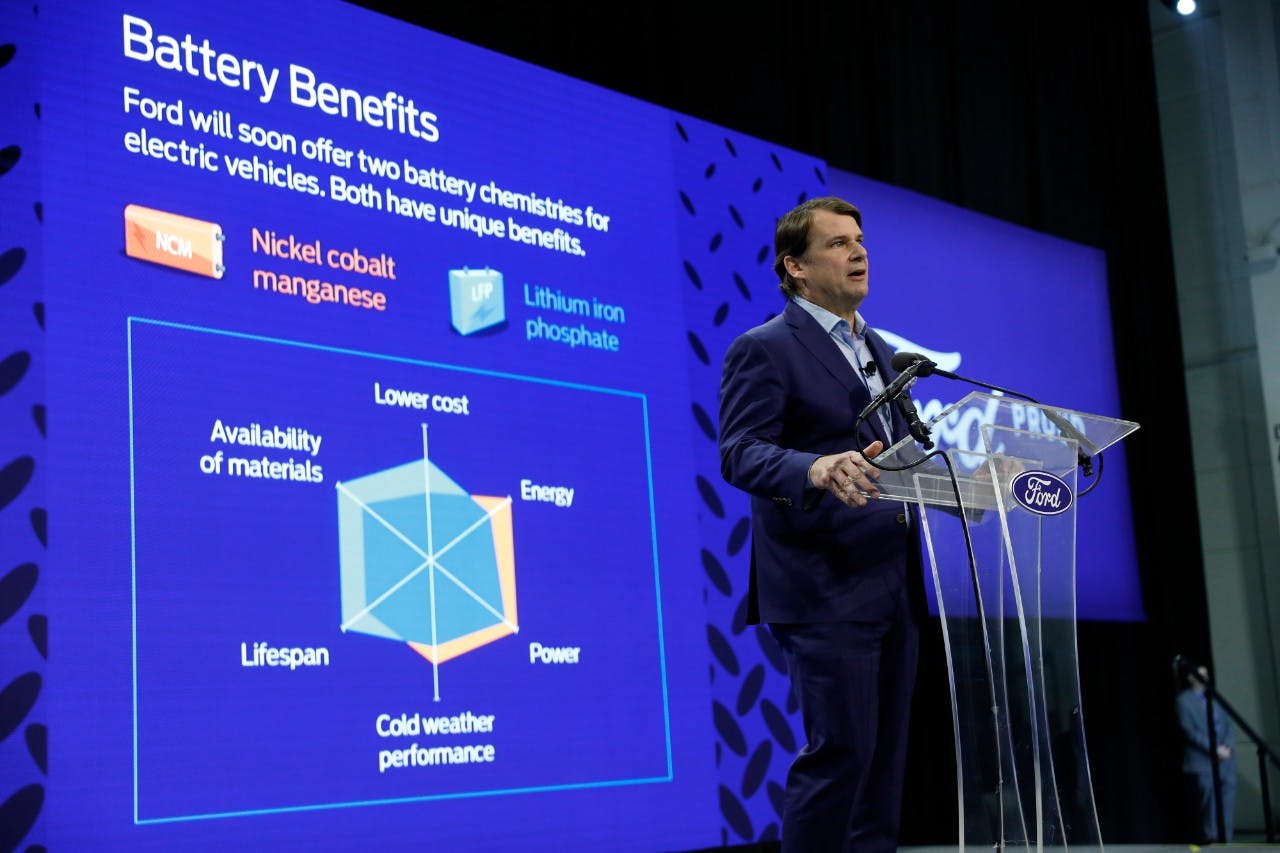
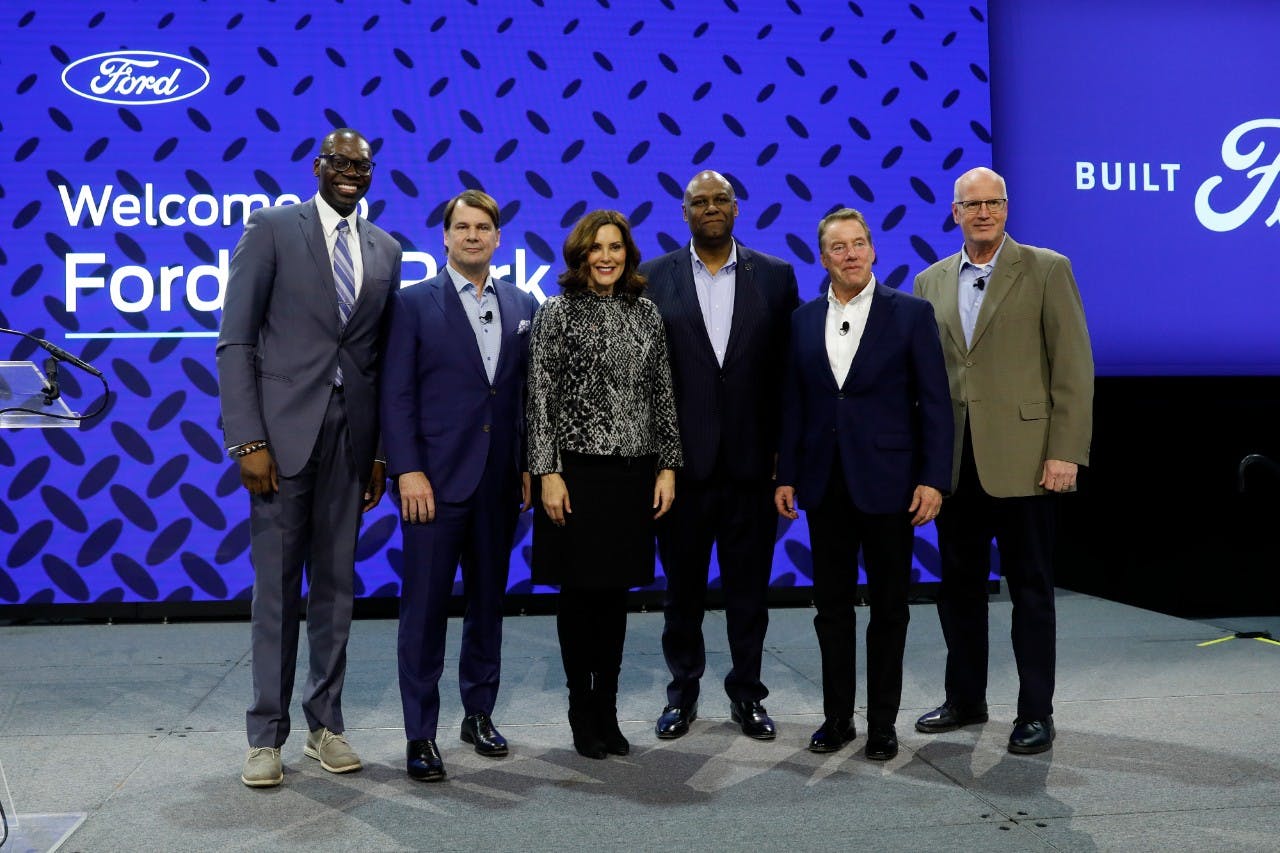
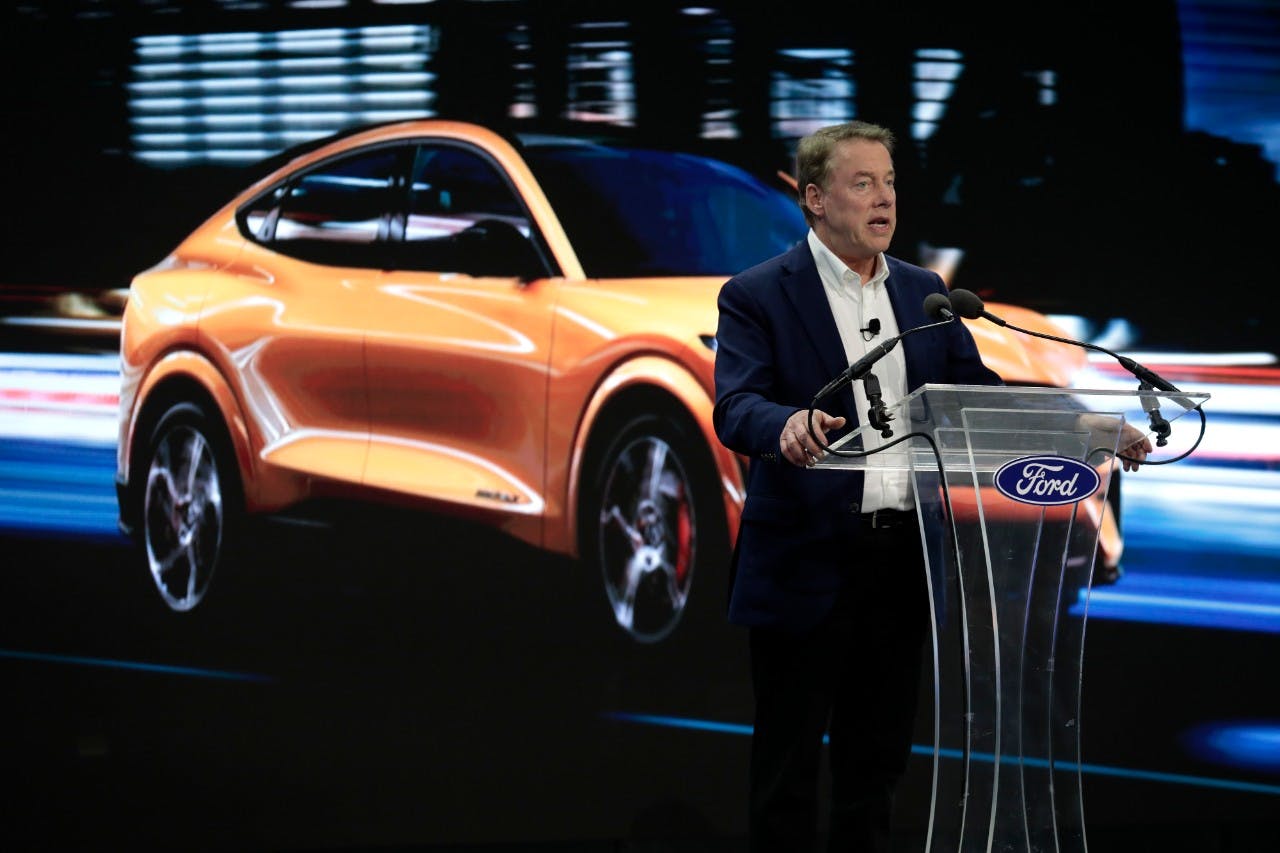
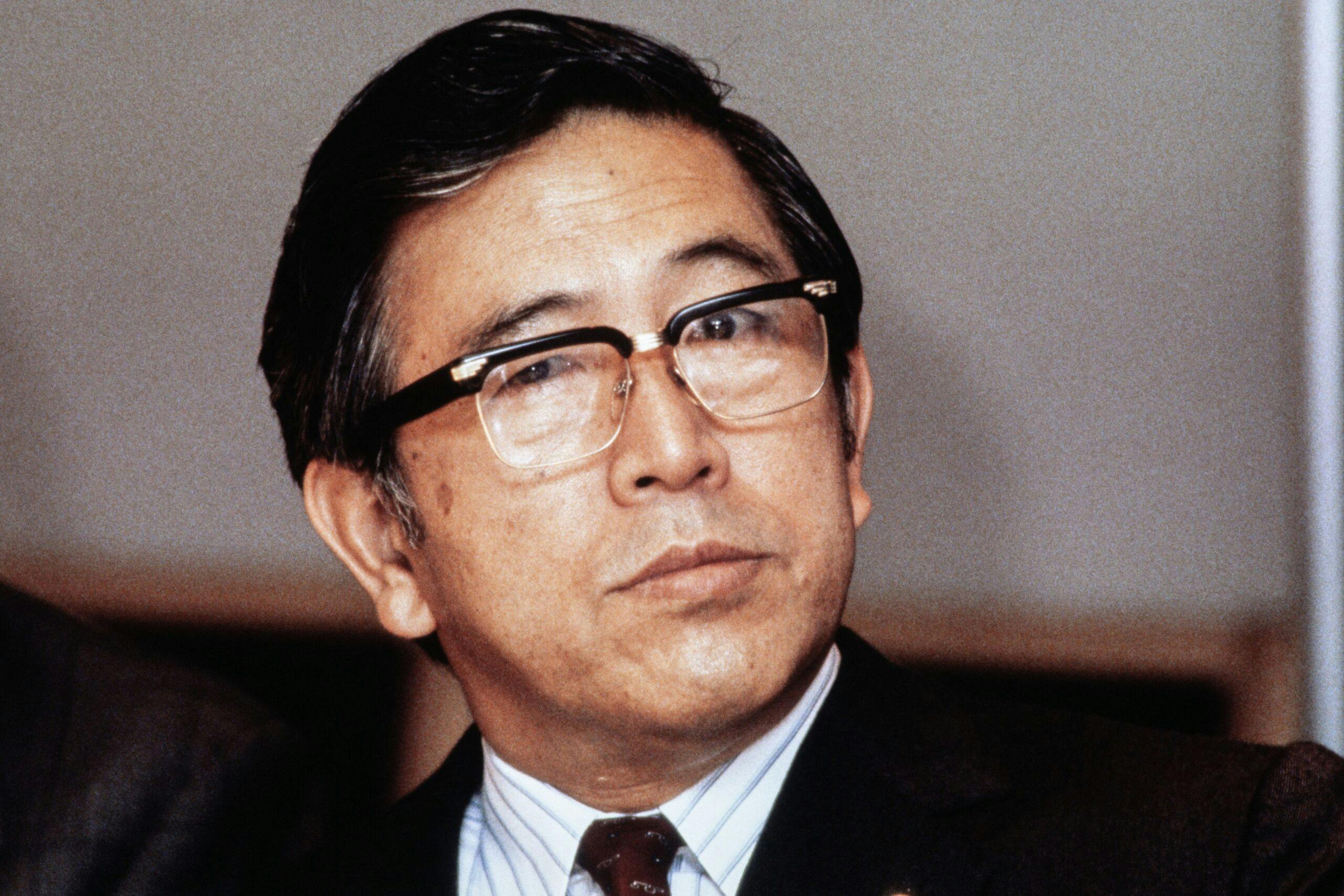










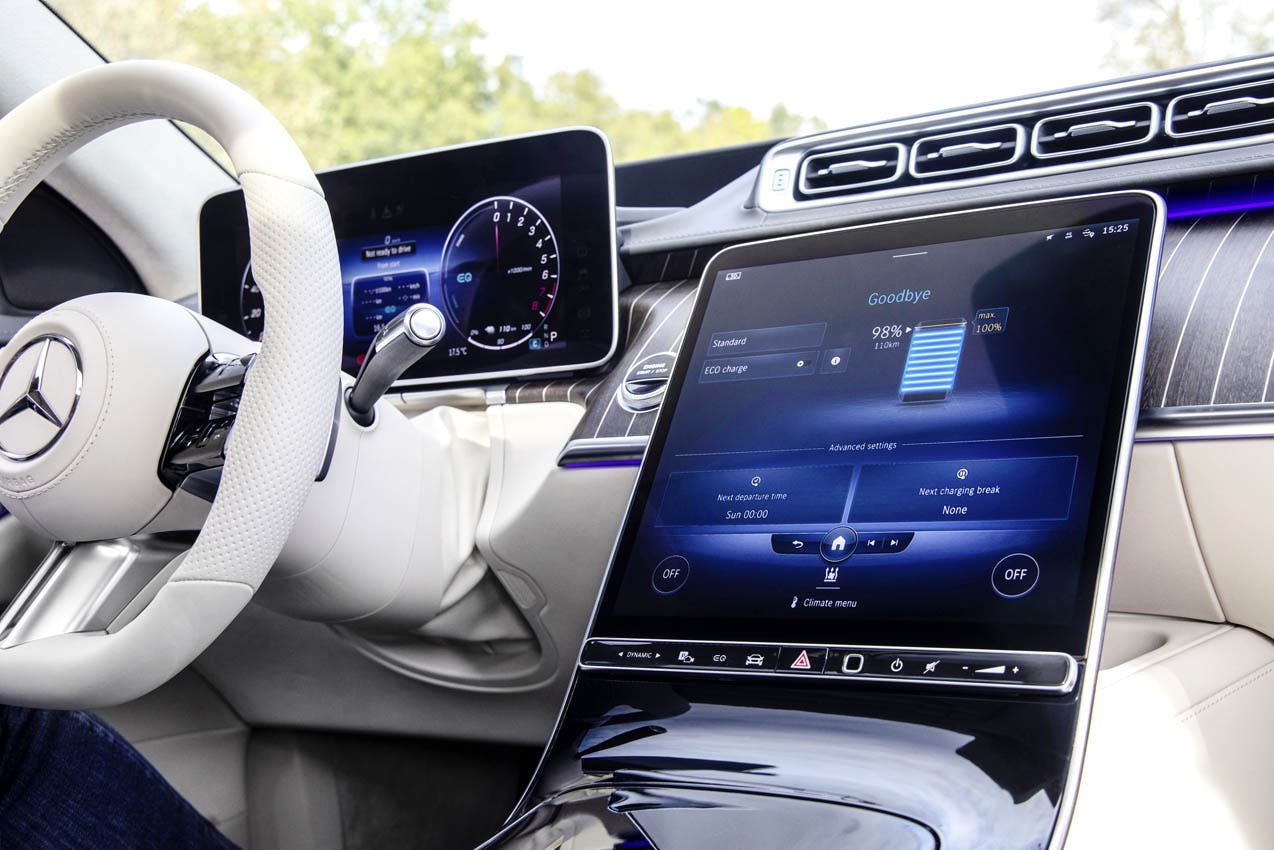











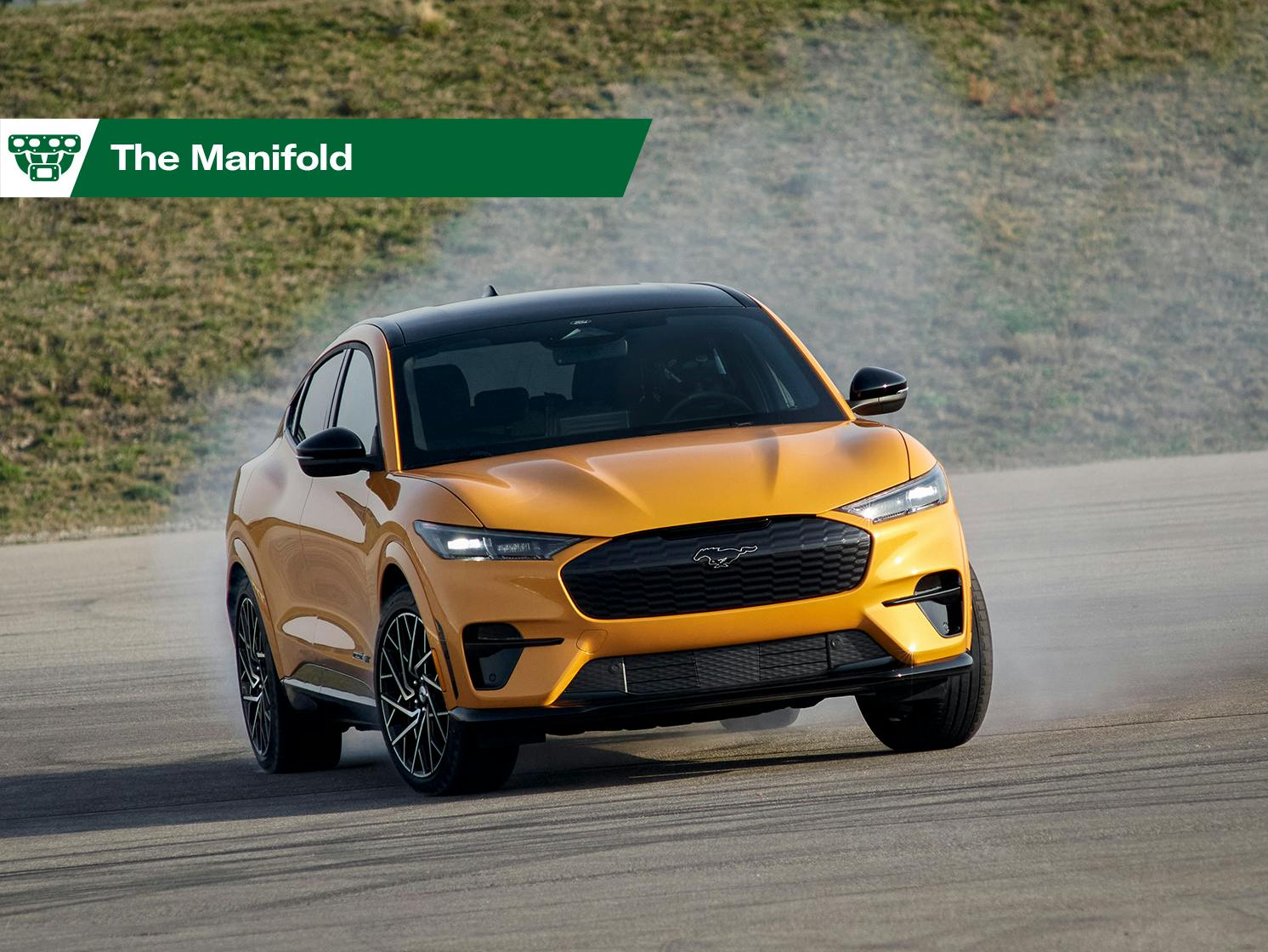
When you can’t get electricity for your EV you will still be able to get gas. The rich know how to plan. That’s how they got rich..
Remember when there were literal gas rations? When gas station owners put out signs that said “sorry, no more gas.”
Maybe we should stop taking all forms of energy conveyance for granted? At least you can charge an EV with solar…
So the conspiracy theory says we won’t have electricity for cars but we will have it for gas pumps? The reality is that we will have ample electricity for all uses. There’s another big business called electric utilities that will see to that.
Condolences to the family of Shoichiro Toyoda.